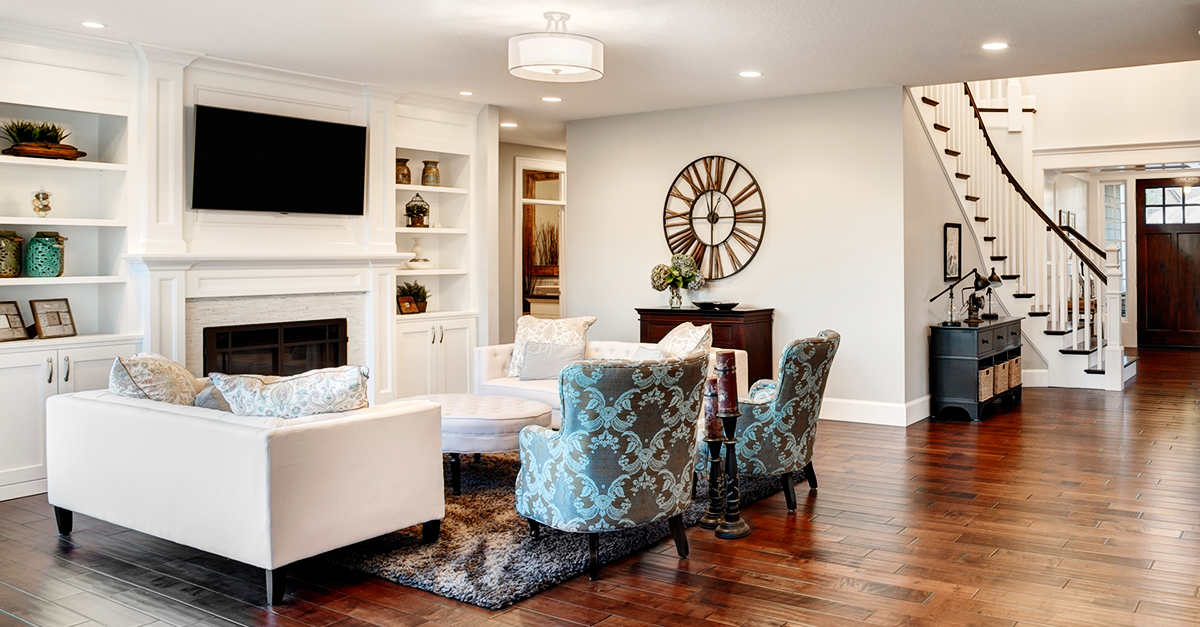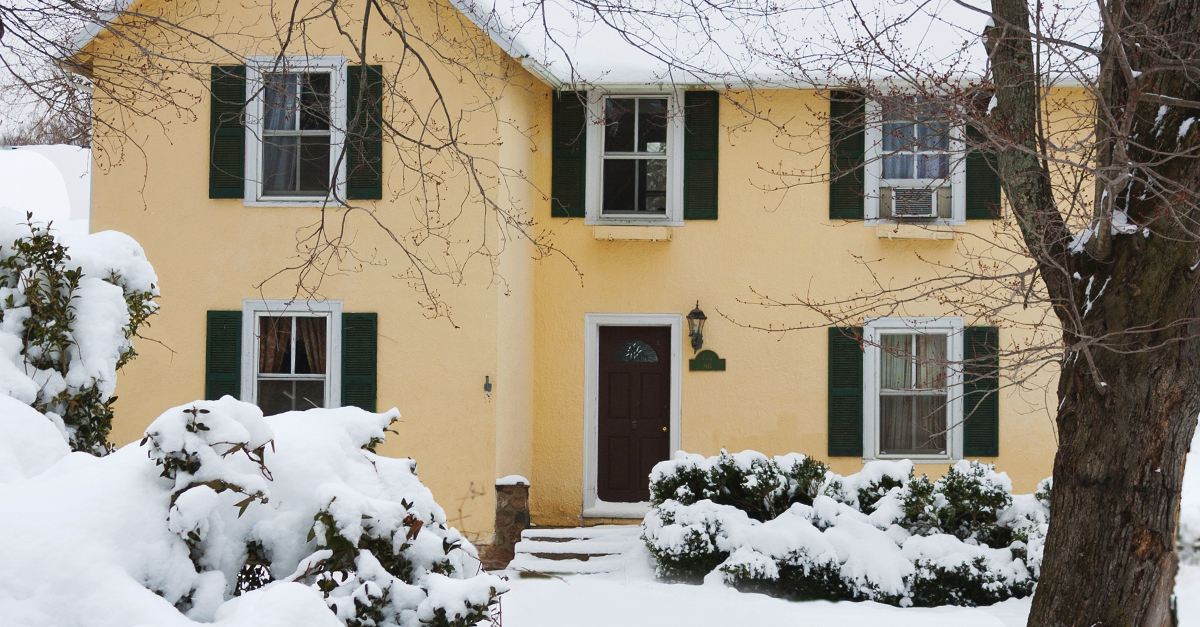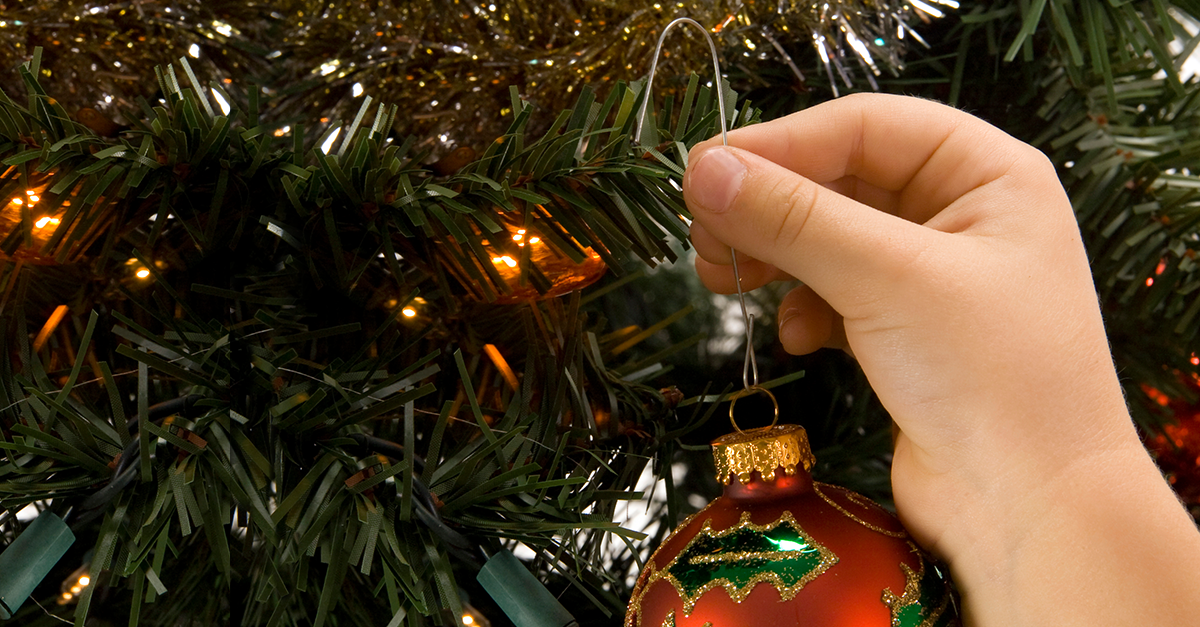Last-Minute Open House Cleaning Tips
Your open house is almost underway! You’ve already made sure your home is warm and inviting and you’ve taken time to carefully stage it. Now, here are some last minute cleaning tips to quickly spruce up any areas you may have missed.
Prep for Pets
You may be ready for your open house, but your four legged friends might have other ideas. Perform a last minute inspection of any areas your pets frequent to make sure they haven’t left an unpleasant surprise somewhere in your home. Also, pet hair has a way of showing up unexpectedly. Vacuum carpets and sweep any floors with a rubber broom to clean up debris that may have gathered since your last cleaning.
You may be ready for your open house, but your four legged friends might have other ideas. Perform a last minute inspection of any areas your pets frequent to make sure they haven’t left an unpleasant surprise somewhere in your home. Also, pet hair has a way of showing up unexpectedly. Vacuum carpets and sweep any floors with a rubber broom to clean up debris that may have gathered since your last cleaning.
Check Your Entryway
Although you may have painted your front door and meticulously cleaned your home’s entryway in the days before your open house, recheck it on open house day. Be sure to check for marks on your door, damaged plants, disheveled door mats, and unexpected messiness that may have accumulated in front of your home since you last inspected it.
Although you may have painted your front door and meticulously cleaned your home’s entryway in the days before your open house, recheck it on open house day. Be sure to check for marks on your door, damaged plants, disheveled door mats, and unexpected messiness that may have accumulated in front of your home since you last inspected it.
Clean Up After Kids
If children happen to be in your home during the hours leading up to your open house, you may want to check for additional messes before potential buyers arrive. Look at your lower windows for finger smudges, which can be cleaned quickly with a cleaning agent and microfiber cloth. Also check your doorway for dirt, and look at the lower part of your walls for crayon streaks or other stains.
If children happen to be in your home during the hours leading up to your open house, you may want to check for additional messes before potential buyers arrive. Look at your lower windows for finger smudges, which can be cleaned quickly with a cleaning agent and microfiber cloth. Also check your doorway for dirt, and look at the lower part of your walls for crayon streaks or other stains.
Ready Your Refrigerator
While easy to overlook, the inside of your refrigerator should be as neat and clean as the rest of your kitchen. Make sure it isn’t full of half consumed food or overstocked to the point where it looks cluttered. Additionally, any fridge magnets should be removed to further depersonalize your home for potential buyers.
While easy to overlook, the inside of your refrigerator should be as neat and clean as the rest of your kitchen. Make sure it isn’t full of half consumed food or overstocked to the point where it looks cluttered. Additionally, any fridge magnets should be removed to further depersonalize your home for potential buyers.
Care for Your Lawn
Last minute removal of lawn debris can make your home more appealing and may attract more buyers. Depending on the season, eradicate lawn clutter with a leaf blower, a rake or a snow blower. If you’re too busy for exterior home cleaning, consider hiring someone to do it for you, so you can focus on the interior of your home.
Last minute removal of lawn debris can make your home more appealing and may attract more buyers. Depending on the season, eradicate lawn clutter with a leaf blower, a rake or a snow blower. If you’re too busy for exterior home cleaning, consider hiring someone to do it for you, so you can focus on the interior of your home.
These last minute cleaning tips may help your home shine brighter on open house day.







